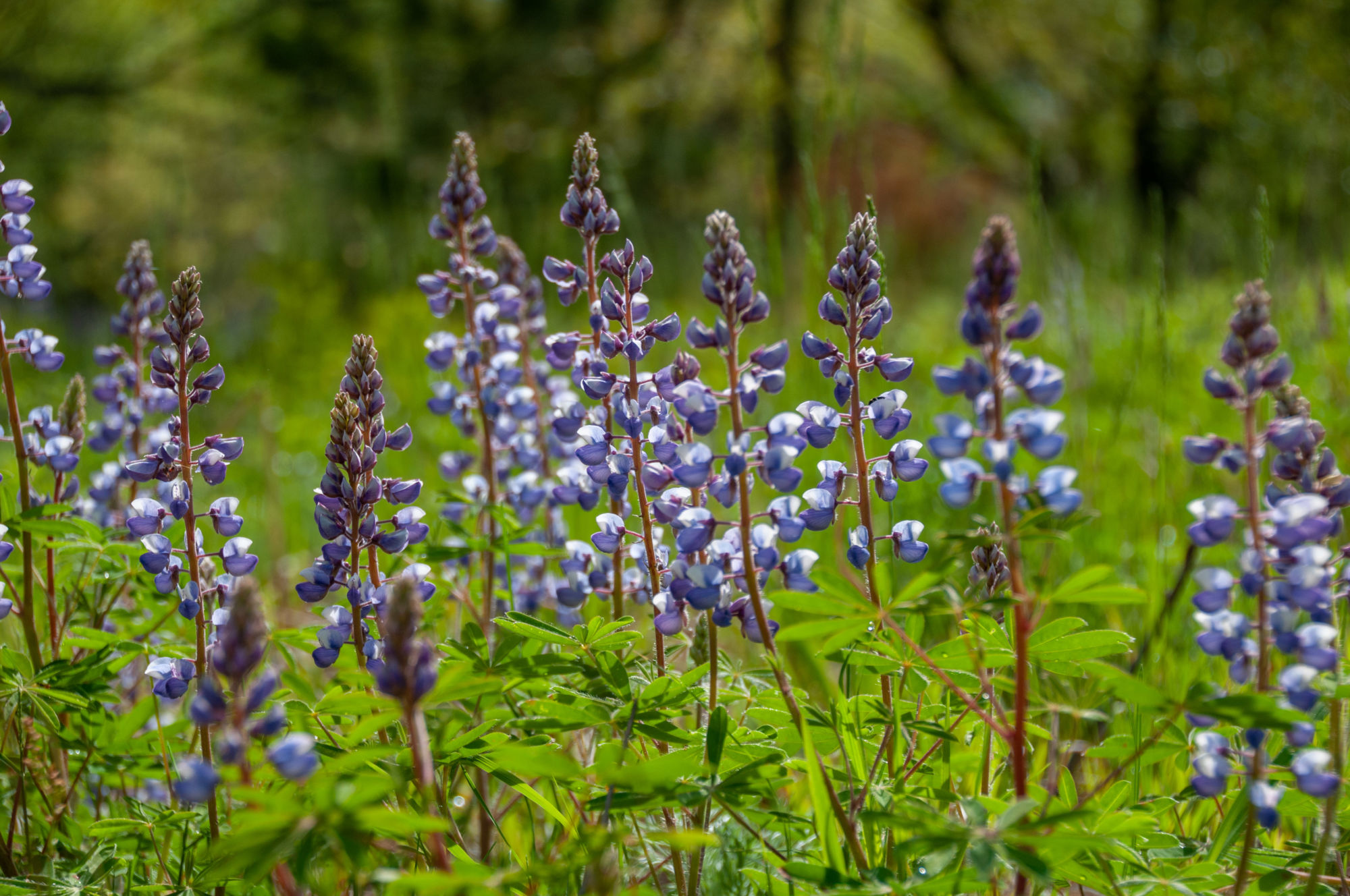Restoring the Oak Savanna
Oak savannas present a unique opportunity to make a big impact for preserving and restoring biodiversity, health, and resilience to the West Michigan landscape. Once abundant in Michigan, oak savannas are now incredibly rare, and they are a regional and national priority for protection and restoration.
By protecting remnant oak savannas and restoring degraded land to savanna-like conditions, we can make space for the imperiled species that depend on these habitats. Through collaboration with supporters, partners, and volunteers, the Land Conservancy of West Michigan is working on several such projects throughout the eight counties we serve (see map on left).
How do you restore an oak savanna? No two projects are exactly alike, but they tend to follow these four steps.
Step 1: Identify a location
Michigan’s remaining oak savannas are few and far between. The places where they once stood are variously changed by development, agriculture, forestry, or neglect. The Land Conservancy of West Michigan focuses its restoration efforts on the lands it owns and manages: our nature preserves. We look for evidence of remnant oak savannas, which can be identified by the presence of prairie or savanna plant species or “wolf trees”—oaks with wide crowns that likely matured in more open conditions. We also consider areas with degraded habitat and soils that can support oak savannas and woodlands. It is advantageous if a project neighbors land where similar restoration activities are happening. The projects at Richmond Woods and McDuffee Creek Nature Preserves both border U.S. Forest Service land.
Step 2: Preparing the site and creating the overstory structure
Oak savannas are open habitats. Trees stand alone or in small clusters, allowing for ample sunlight to reach portions of the understory. Creating this structure in a degraded forest or savanna usually requires removing trees. At Maas Family Nature Preserve, we worked to recreate the overstory structure of the remnant oak savanna by selectively removing trees and reintroducing fire. At Wege Foundation Natural Area and Brower Lake Nature Preserve, we timbered portions of the dying pine plantations to achieve the desired overstory structure. In cases where the timbered trees could be sold, we used the income to fund the next stages of the restoration process.
Step 3: Planting the understory structure
The understory of an oak savanna consists of shrubs, baby oaks, grasses, and wildflowers. In a remnant oak savanna, achieving the understory structure is sometimes just a matter of waiting. With the canopy opened, the sun can again warm the soil and new oaks and shrubs can begin to grow. The soil seed bank may yet hold viable savanna wildflowers and grasses, and those will also start to emerge. We supplement that growth by planting a collection of native seeds. Over the last seven years at Brower Lake Nature Preserve, we’ve seen increasing diversity of the savanna species we planted (big bluestem and wild blue lupine, for example), as well as the appearance of some we didn’t plant, indicating that we are helping re-establish habitat that wants to grow there.
Step 4: Tending
Establishing the structure of the oak savanna is an important first step, but the work doesn’t stop there. It will take a few years for the native plants to put down roots and emerge from the soil. In the meantime, the open soil will host eager weeds that thrive in disturbed areas, like horseweed and Queen Anne’s lace. Our staff and volunteers will need to vigilantly address invasive species present in the area, which is a process that can take many years. Every few years, our volunteer Prescribed Burn Crew will apply prescribed fire to stimulate the growth of the native species and push back encroaching shrubs and trees. As time passes, the understory will slowly welcome more diversity. Our staff will annually monitor the restoration to ensure it is progressing. At Brower Lake and Bradford Dickinson White Nature Preserve, our monitoring is supplemented by research led by Grand Valley State University Professor Priscilla Nyamai. The data she and her students are collecting helps us to understand the impact of our initial approaches and adapt our strategies as needed.
Restoring oak savannas on private land
Private landowners own most of Michigan’s forests, and many hold remnant oak savannas. It is possible for landowners to restore oak savanna habitat, and the process can look very similar to the one we’ve outlined here. Restoration is costly, but interested landowners can apply for grants to pay for seeds, prescribed fire, and more, with assistance from Land Conservancy staff. Not only does oak savanna restoration increase ecological health, but it can also provide excellent recreational activities such as hiking, skiing, and hunting. The open overstory and mixed understory provides excellent forage and habitat for over 200 wildlife species.
Recently, Land Conservancy staff worked with a landowner in Muskegon County to help start the process of oak savanna restoration. The Campbell Conservation Easement, located in the White River watershed and close to high-quality U.S. Forest Service savanna habitat, had an approved forest management plan implemented to increase health of oak woodlands. This resulted in areas primed for oak savanna work: large open canopies now spotted with retained wolf trees, established wildlife shrubs and understory species, and cleared ground ready for seeding. Conservancy staff discussed this opportunity with the landowner and are now working on connecting federal and state cost-sharing plans with the property to help implement restoration in the coming years.
The Land Conservancy of West Michigan helps connect landowners who have protected their land with conservation easements to the necessary resources to make restoration happen. If you are a conservation easement landowner and you are interested in helping bring back a critically imperiled habitat, please contact us!







